Download our apps for the latest updates
Be the first to know the news surrounding festivals, clubs & events
Tomorrowland is not just a music festival. It is a destination that electronic music fans around the world dream of attending. First held in 2005 in Boom, Belgium, it began with just 9,000 attendees. The event was created by Manu and Michiel Beers through their company We Are One World, working with ID&T Belgium, one of the leading festival producers at the time.
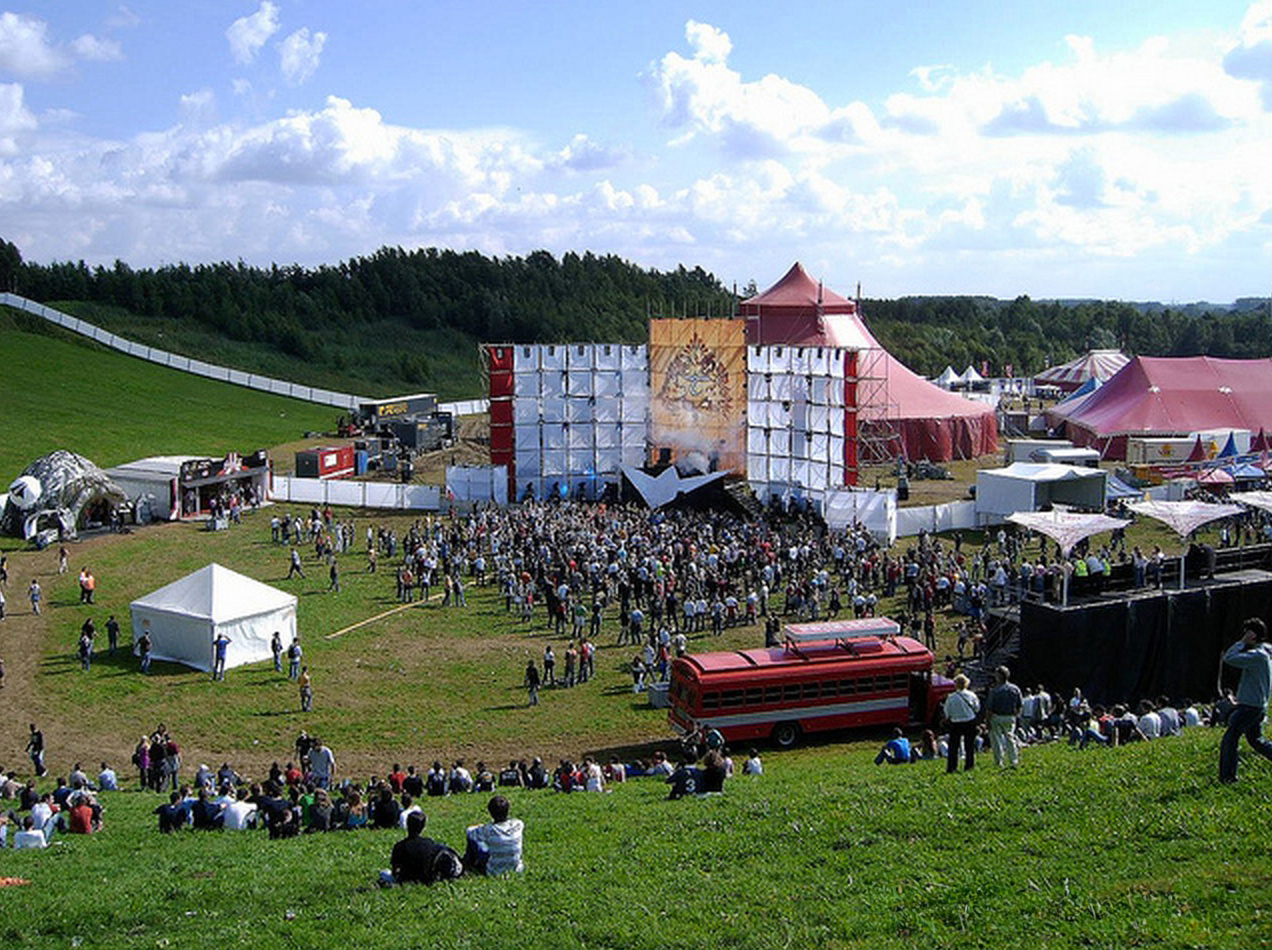
That first edition already hinted at what Tomorrowland would become. The lineup featured artists such as Armin van Buuren, Push (M.I.K.E.), Ferry Corsten, Technoboy, Coone, Yves Deruyter, Sven Väth, Sasha, and Justice. Multiple stages were built inside De Schorre park, with music covering trance, hardstyle, techno, and house. Although small, the event stood out because of its setup, atmosphere, and ambition.
Over the next two decades, Tomorrowland expanded far beyond its original size. By 2011, it had become a three-day event. In 2014, it ran for two weekends and welcomed over 500,000 people. In 2022, the festival stretched across three weekends, drawing more than 600,000 attendees, making it one of the largest electronic music gatherings in the world. Today, the event consistently draws over 400,000 fans each year from more than 200 countries. Tickets sell out quickly, often within minutes of going on sale, and most fans register months in advance for a chance to buy them.
What makes Tomorrowland different from other festivals is how much detail goes into its presentation. Every edition follows a central theme. In 2024, the theme was "LIFE", designed as a prequel to the 2016 theme "Elixir of Life." The Mainstage that year was covered in floral sculptures, flowing water, stone textures, and glowing towers. Every visual was carefully connected to the music being played, and the stage design changed subtly throughout the day and night.

Beyond the Mainstage, Tomorrowland featured 16 stages in total. Each stage focused on a different genre or mood. The Freedom Stage had multiple floors, LED walls, and balcony-style viewing decks. The Atmosphere Stage was built under a large dome structure and was known for hosting techno and hard-hitting sets with powerful light shows. The CORE Stage was set in the forest and focused on deep house and melodic techno, with wooden arches, natural lighting, and a hidden-away feeling that many fans seek out every year.
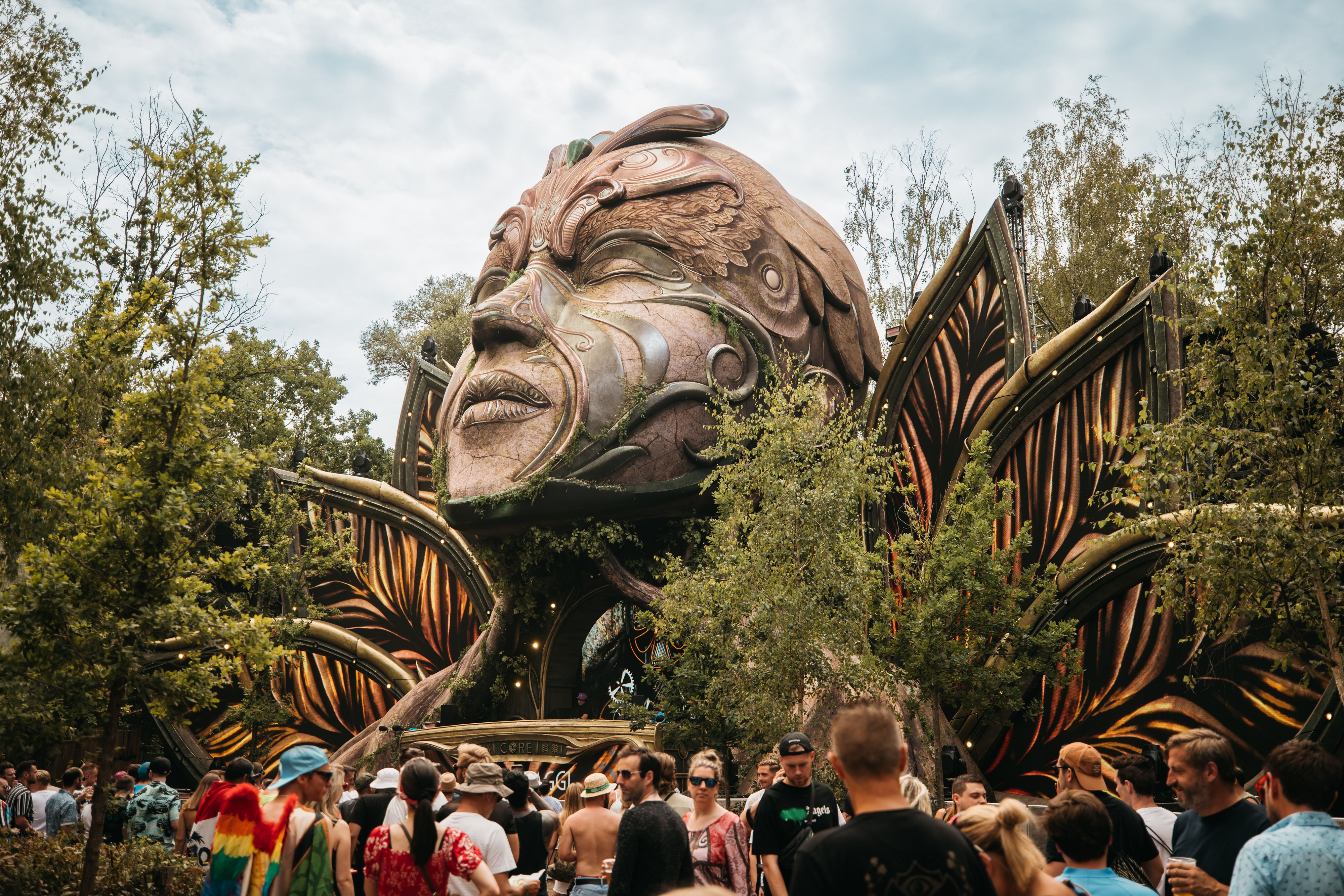
Other stages in 2024 included The Rose Garden, with a dragon sculpture rising behind the booth, Crystal Garden, Youphoria, Cage, and Rave Cave, each with a dedicated sound and design. From hardstyle and bass to progressive house and trance, every style of EDM had a home somewhere on the grounds.
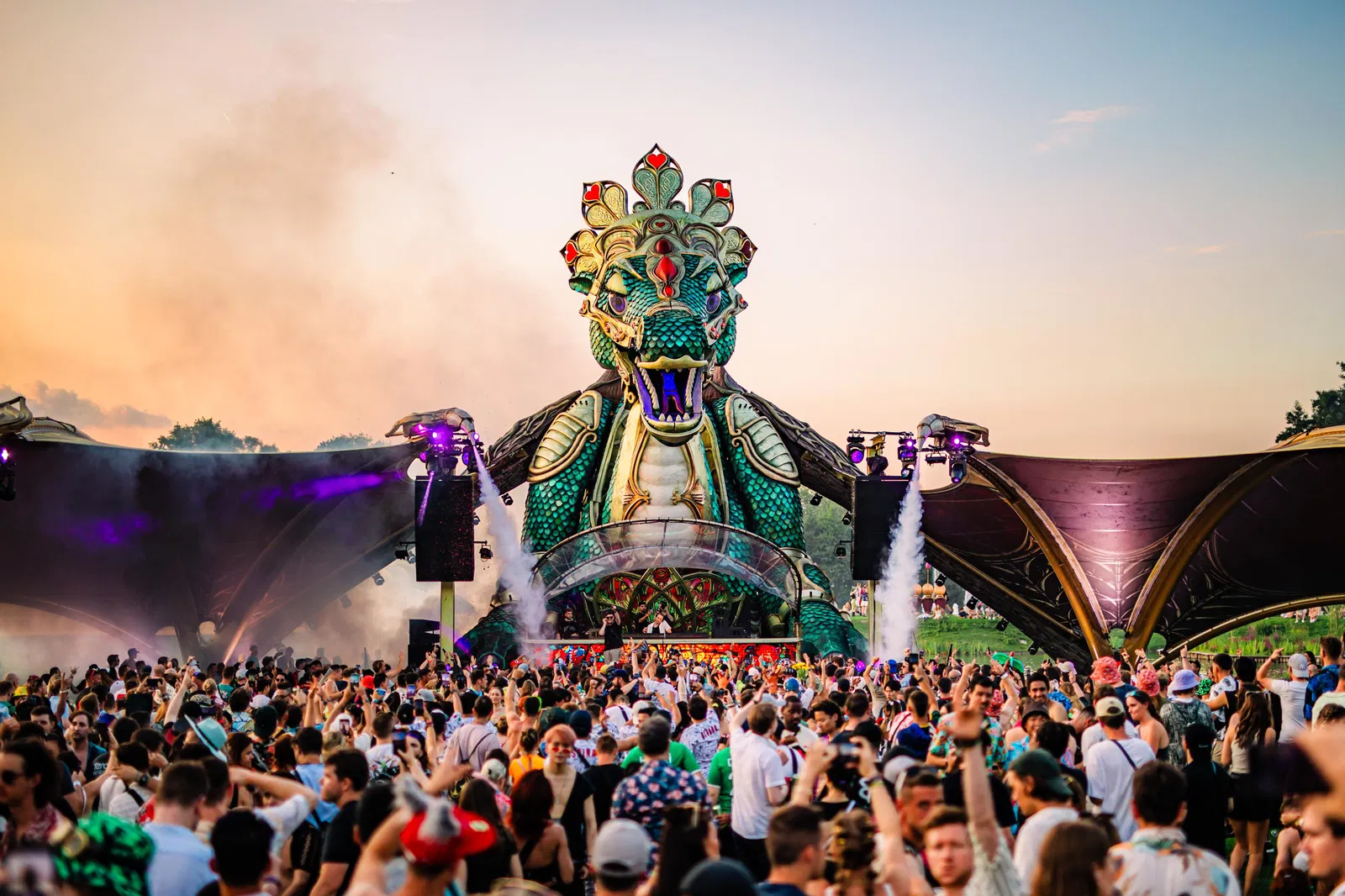
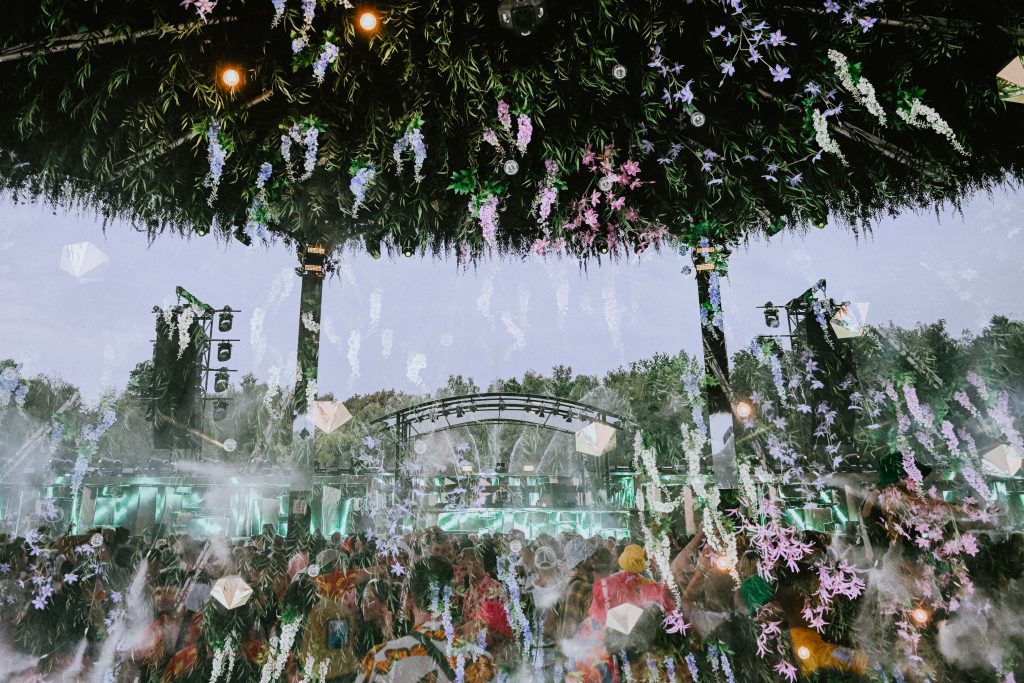
The lineup in 2024 included over 600 artists across three days. Among the headliners were Martin Garrix, David Guetta, Armin van Buuren, Tiësto, Hardwell, Charlotte de Witte, Amelie Lens, Dimitri Vegas & Like Mike, and Tale of Us. Sets ran from early afternoon until past midnight, with each stage hosting its own programming and visuals.
Tomorrowland is not only about the music. It is also about the full environment built around it. DreamVille is the festival’s official accommodation zone. It houses tens of thousands of fans in tents, lodges, cabins, and themed camps. Inside DreamVille are food markets, cafés, wellness zones, and a special warm-up event called The Gathering, which takes place the night before the main festival begins. Some fans describe DreamVille as a festival of its own, with its own unique touch and ambiance.
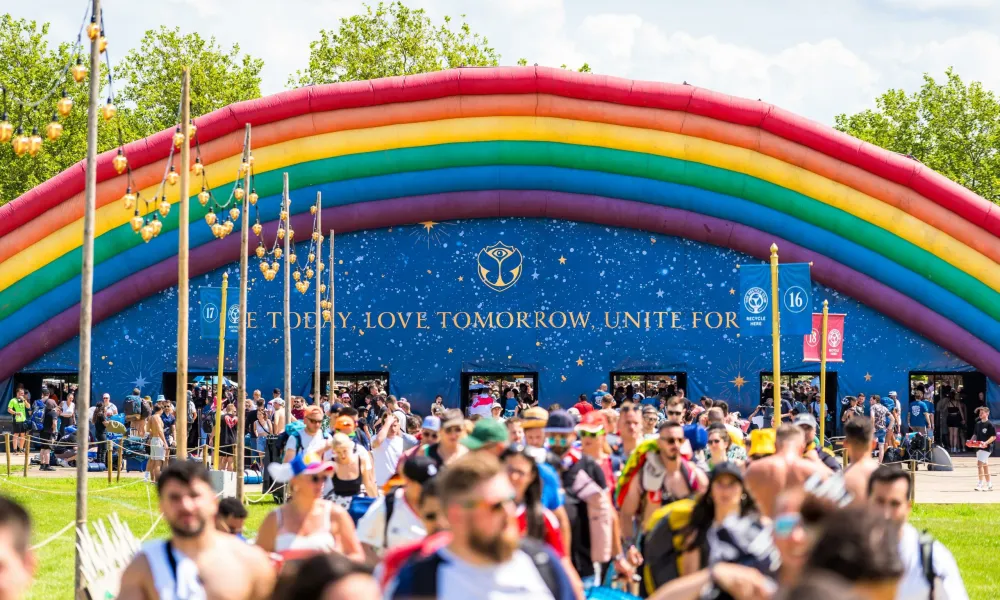
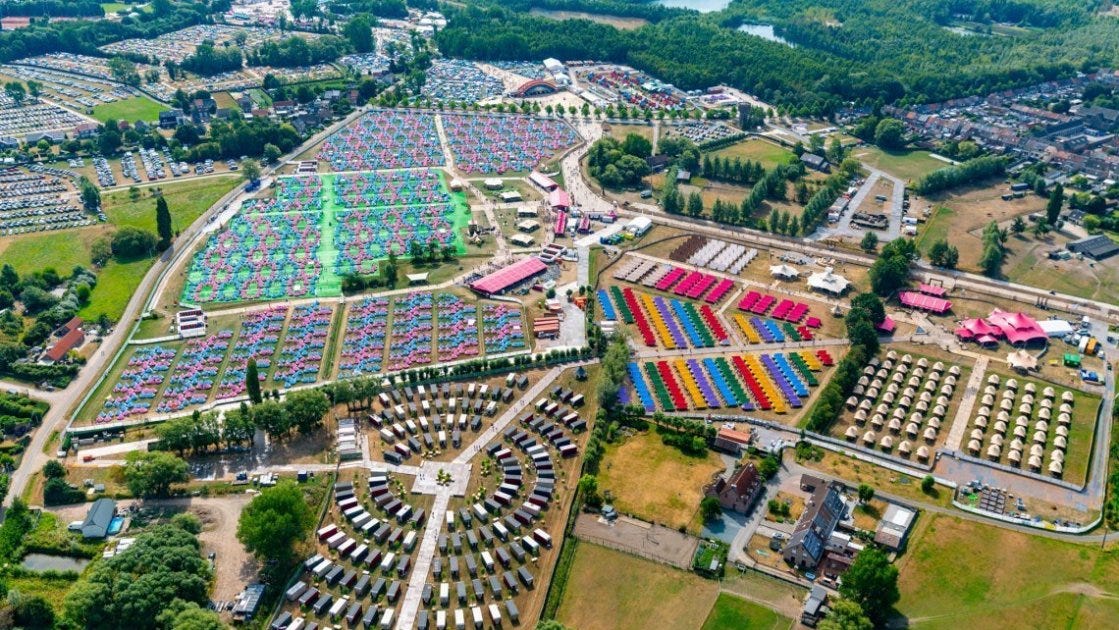
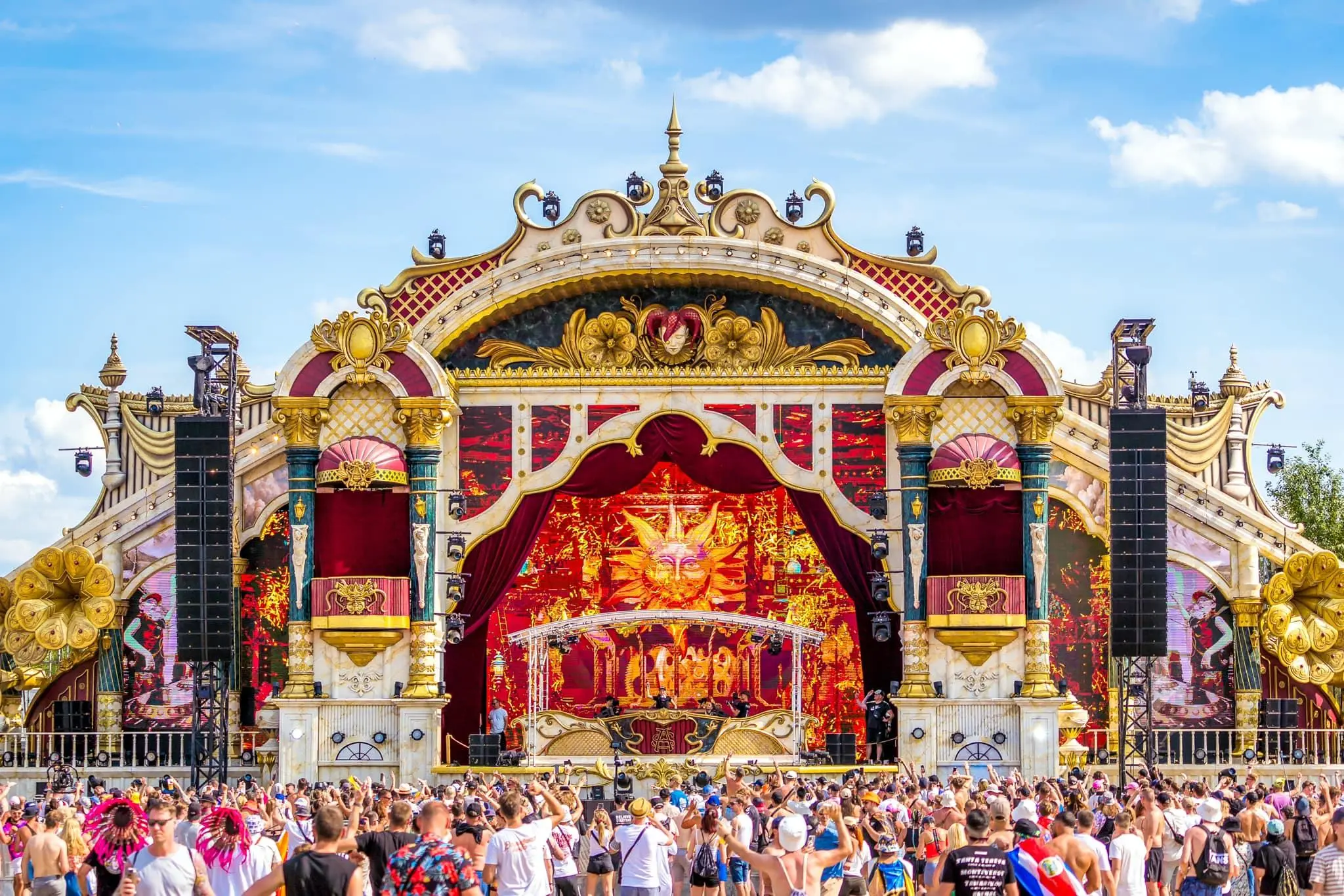
For those traveling from outside Europe, the Global Journey package offers a complete travel solution. Fans can book flights, hotels, transfers, and tickets all in one. The package also includes local public transportation passes and airport shuttle services. It has become one of the easiest ways for international visitors to attend without needing to manage bookings separately.

Tomorrowland also connects with those who cannot attend in person. Each year, the festival is streamed live on its official platforms, with full sets broadcast from the Mainstage, Freedom, Atmosphere, and other areas. One World Radio, Tomorrowland’s 24-hour digital radio station, also provides interviews, countdown shows, and artist-curated mixes before, during, and after the festival. Millions tune in around the world to follow along.
What makes Tomorrowland more than just an event is the feeling people take with them. The festival is known for its international flags, shared chants, speeches, and rituals. Every year, fans meet others from across the globe, creating new friendships and memories tied to the music and setting. The town of Boom becomes a meeting point for people who may not speak the same language, but who share the same reason for being there.
From a 9,000-person gathering to one of the most recognized names in global music, Tomorrowland built its reputation through time, detail, and consistency. For many, attending once is a dream. For others, it becomes a yearly tradition. Either way, the name Tomorrowland has come to mean much more than a weekend of dancing. It represents the connection that music can create when the world comes together in one place.
You must be logged in to comment

Be the first to know the news surrounding festivals, clubs & events